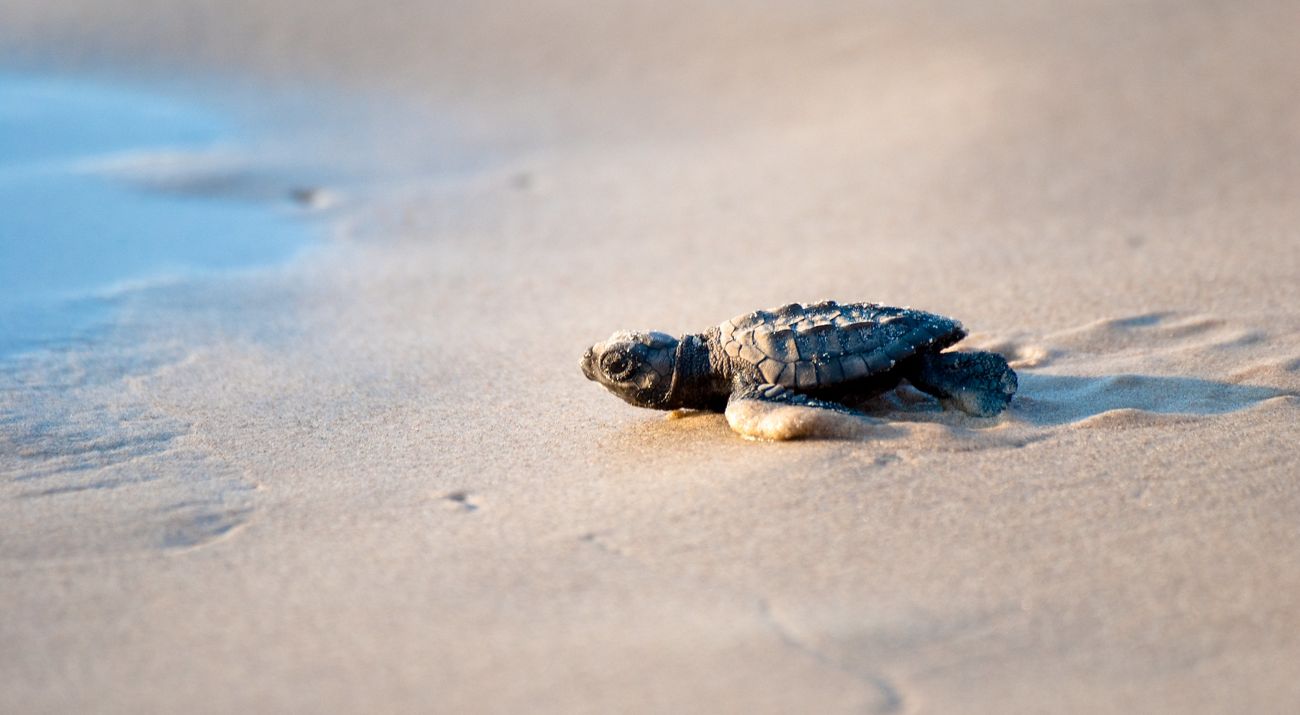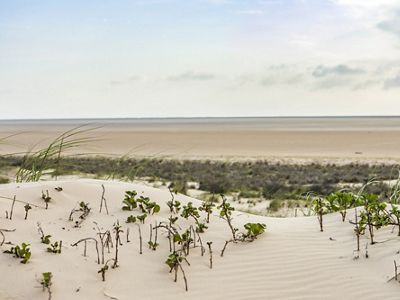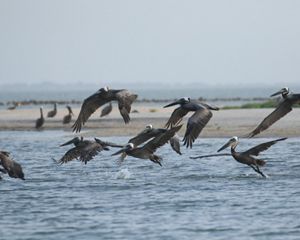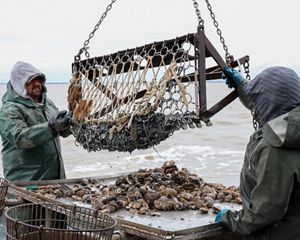Safeguarding South Padre Island
Working with the USFWS and other partners, The Nature Conservancy has preserved more than 6,200 acres along South Padre Island—now part of the Laguna Atascosa National Wildlife Refuge.

Bordered by the Laguna Madre to the west and the Gulf to the east, Padre Island stretches for 113 miles down the southern Texas coastline. It’s the world’s longest barrier island, and home to a bustling resort community as well as habitat for 16 wildlife species with federal or state conservation status.

That includes the world’s smallest and most critically endangered sea turtle, the Kemp’s ridley. While most are found in Mexico, in the U.S. they nest primarily on South Padre Island. Each summer, visitors crowd the beachfront to watch hours-old hatchlings journey from sand to surf. A natural imprinting process occurs along the way, allowing female sea turtles to remember and return to the beaches from which they hatched when it’s time to lay their own eggs.
Contact with humans and human development can cause turtles to “false crawl” or enter the beach without nesting. Protection of what’s left of the wild, undeveloped coastline of South Padre Island is critical to helping these turtles—and numerous other threatened species in the region—replenish their populations.


In 2000, The Nature Conservancy and its partners came together to safeguard nearly 25,000 acres of South Padre Island. Nearly two decades later, we collaborated with the U.S. Fish and Wildlife Service, National Fish and Wildlife Foundation and Natural Resource Damage Assessment trustees—the Texas Commission on Environmental Quality, Texas Parks and Wildlife Department and the General Land Office—to add more than 6,200 acres to that number in the largest conservation effort on South Padre Island in two decades.

This protected area has been incorporated into surrounding wildlife refuge lands at the Laguna Atascosa National Wildlife Preserve. The Gulf beach is accessible to the public, and the rest of the land is managed for the benefit of wildlife. Ultimately, by protecting portions of the remaining wild, undeveloped Texas coastline, its beauty and integrity will be preserved for people and nature for decades to come.
We Can’t Save Nature Without You
Sign up to receive monthly conservation news and updates from Texas. Get a preview of Texas' Nature News email.



